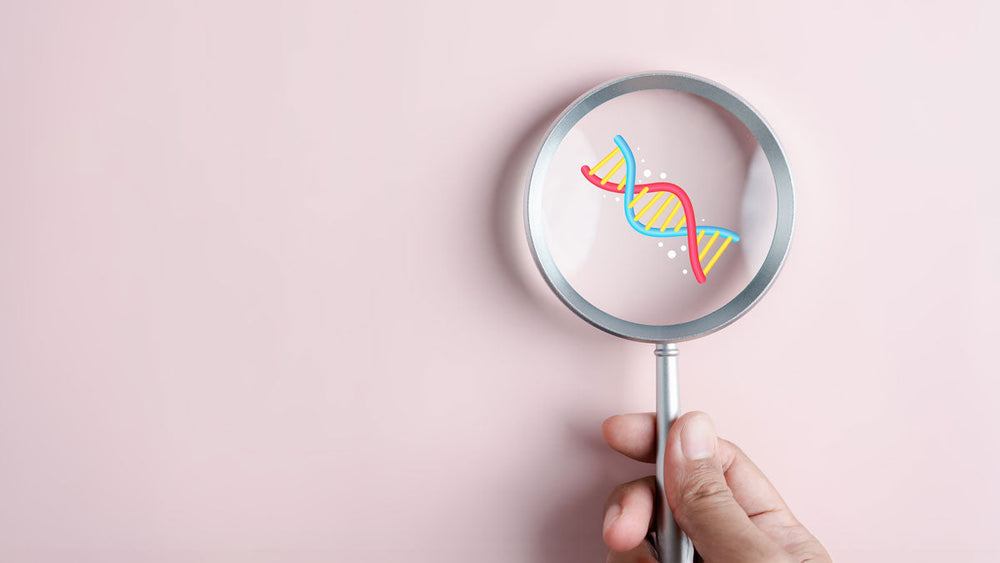Let’s first discuss what cannabinoids are and the legal quagmire surrounding their use.
There are approximately 540 phytochemicals found in either the Cannabis sativa, Cannabis indica, Cannabis ruderalis, or hemp plants (Cannabis sativa L) (Front. Plant Sci., 2016). The two most discussed are: CBD (cannabidiol) and THC (delta-9-tetrahydrocannabinol). THC is the compound that causes a “high” when using cannabis.

In the USA, and internationally, the legal status of cannabinoids is complicated. I will address the USA laws, briefly, and recommend that before purchasing or using any cannabinoid products that individuals check the laws in the state in which they reside. Some states have legalized medicinal, or even recreational, use of products containing cannabis products. Some states have legalized only products containing CBD, although these products typically contain a small percentage of THC, usually up to 0.3%.
Therefore, it is important to understand that even if you are using CBD products you may still test positive for using THC if given a drug test.
While there are a variety of cannabinoid products available for purchase, the FDA has only approved one cannabis-derived drug product: Epidiolex (cannabidiol), and three synthetic cannabis-related drug products: Marinol (dronabinol), Syndros (dronabinol), and Cesamet (nabilone). These are only available via prescription from a licensed medical provider for specific indications. This means that other than these prescription products there are no guidelines a product must meet to be sold. Studies have shown that there is inaccurate labeling of CBD and THC quantities found in products for sale (Mayo Clin Proc., 2019).
It is also important to understand that humans have an endocannabinoid system (ECS) with receptors for cannabinoid compounds found throughout the human body. One of the physiological tasks the ECS performs is regulation of gastrointestinal function. Studies have shown that activating cannabinoid receptors within the gut decreases movement of food and gastric acid secretion (Cannabis Cannabinoid Res., 2016).
One of the theories regarding why cannabinoids may be beneficial for IBS is the theory of clinical endocannabinoid deficiency (CED) (Cannabis Cannabinoid Res., 2016). In a nutshell, this theory begins with the fact that certain medical disorders are associated with known deficiencies in certain neurotransmitters. The theory then proceeds to state that a deficiency in endocannabinoid levels might cause certain disorders with predictable clinical symptoms due to this deficiency.
Since cannabis is still federally illegal, no large studies are performed in the United States looking at intentional treatment of IBS with cannabinoids.
What studies typically investigate are any links that can be found between Cannabis Use Disorder (CUD), which is a mental health diagnosis, and IBS symptoms, including hospitalizations. (*See below for details on diagnostic criteria for CUD.) The internet has a lot of anecdotal stories from individuals who have used cannabinoids and had an improvement in their IBS symptoms.
Numerous studies show a correlation between CUD and IBS symptom increase and/or hospitalizations (Subst Use Misuse, 2019; Eur J Gastroenterol Hepatol., 2019). However, there are just as many studies showing improvement in IBS symptoms and a decrease in hospitalizations (Cureus, 2020; J Clin Gastroenterol., 2022). These types of seemingly contradictory studies occur because there are no large, controlled studies performed that include a patient receiving a specific treatment and monitoring for effect. These studies that are performed are retrospective and look at data points that are routinely collected during the admission and/or discharge process when a person is hospitalized.
Even studies which support the use of cannabinoids for IBS state that to recommend use, large scale randomized control trials are needed to establish the safety, effectiveness, mode of intake, a dose concentration that provides a therapeutic response without significant adverse side effects (also known as therapeutic window), and toxic levels of cannabinoids (Complement. Ther. Med., 2020).
So, what does this all mean?
Right now, there is just not enough evidence to say that cannabinoids can help with IBS symptoms. This does not mean these products may not be helpful if you are an IBS sufferer. As with many complementary treatments, you may need to try the treatment and see what the effect is for you. Depending on where you live there may be numerous options that are legally available to try, or you may live in an area where these substances are still highly regulated.
My recommendation is that you abide by the laws where you live, and that you ask for the quality control testing information for any product you are going to try. For example, if it is a CBD oil, ask what carrier oil it contains, as well as the percentage of CBD and THC it contains.
It is also reasonable to state that topical forms will not help with IBS symptoms because they are not going to penetrate to the gut. Also, if you are going to try complementary therapy it is important to keep a journal/log of your symptoms prior to starting this and during your trial. And lastly, always share with your medical provider(s) any complementary treatment that you are trying so they are up to date on your complete treatment plan.
|
*Cannabis Use Disorder Cannabis use disorder is defined by the DSM-5 as: A problematic pattern of cannabis use leading to clinically significant impairment or distress, as manifested by at least two of the following, occurring within a 12-month period: 1. Cannabis is often taken in larger amounts or over a longer period than was intended. 2. There is a persistent desire or unsuccessful efforts to cut down or control cannabis use. 3. A great deal of time is spent in activities necessary to obtain cannabis, use cannabis, or recover from its effects. 4. Craving, or a strong desire or urge to use cannabis. 5. Recurrent cannabis use resulting in a failure to fulfill major role obligations at work, school, or home. 6. Continued cannabis use despite having persistent or recurrent social or interpersonal problems caused or exacerbated by the effects of cannabis. 7. Important social, occupational, or recreational activities are given up or reduced because of cannabis use. 8. Recurrent cannabis use in situations in which it is physically hazardous. 9. Cannabis use is continued despite knowledge of having a persistent or recurrent physical or psychological problem that is likely to have been caused or exacerbated by cannabis. 10. Tolerance, as defined by either of the following: a. A need for markedly increased amounts of cannabis to achieve intoxication or desired effect. b. A markedly diminished effect with continued use of the same amount of cannabis. 11. Withdrawal, as manifested by either of the following: a. The characteristic withdrawal syndrome for cannabis (refer to DSM-5 for further details). b. Cannabis (or a closely related substance) is taken to relieve or avoid withdrawal symptoms. A mild cannabis use disorder is defined as the presence of 2-3 of the above symptoms. A moderate cannabis use disorder is defined as the presence of 4-5 of the above symptoms. A severe cannabis use disorder is defined as the presence of 6 or more of the above symptoms. Sources: American Psychiatric Association. (2000). Diagnostic and Statistical Manual of Mental Disorders (4th ed., text rev.); American Psychiatric Association. (2013). Diagnostic and Statistical Manual of Mental Disorders (5th ed.). DSM-IV-TR: Diagnostic and Statistical Manual of Mental Disorders: fourth edition, text revision. In use from 2000-2013. DSM-5: Diagnostic and Statistical Manual of Mental Disorders: fifth edition. Released May 2013 |




















Comments
Join The Conversation...